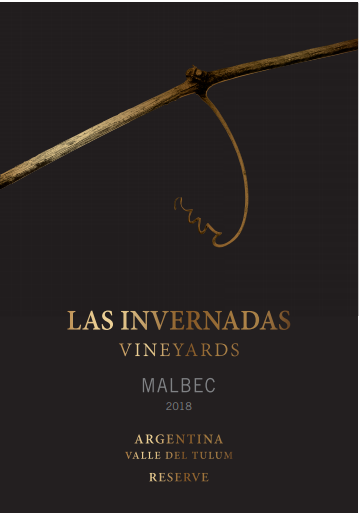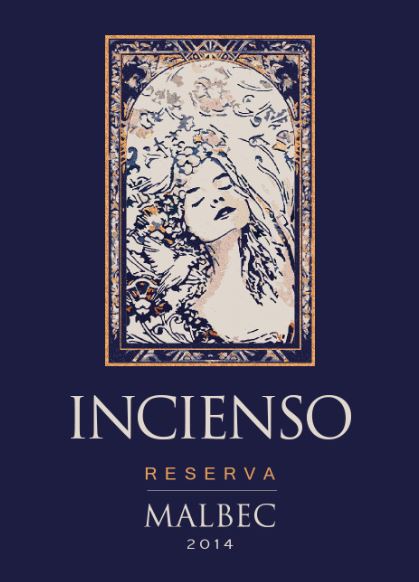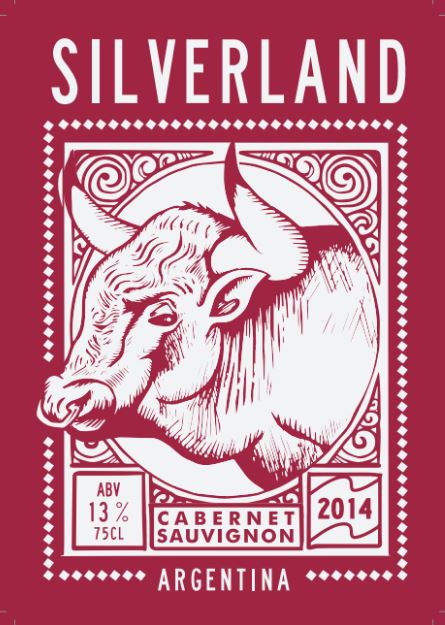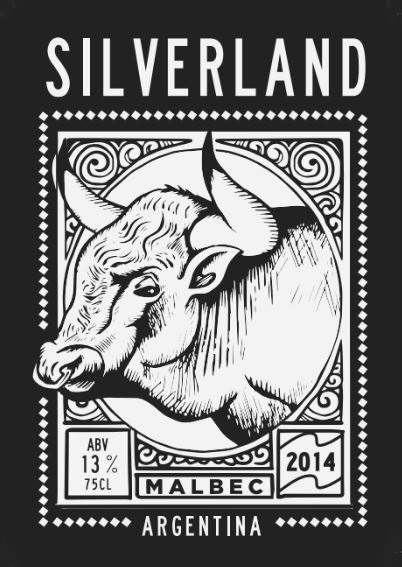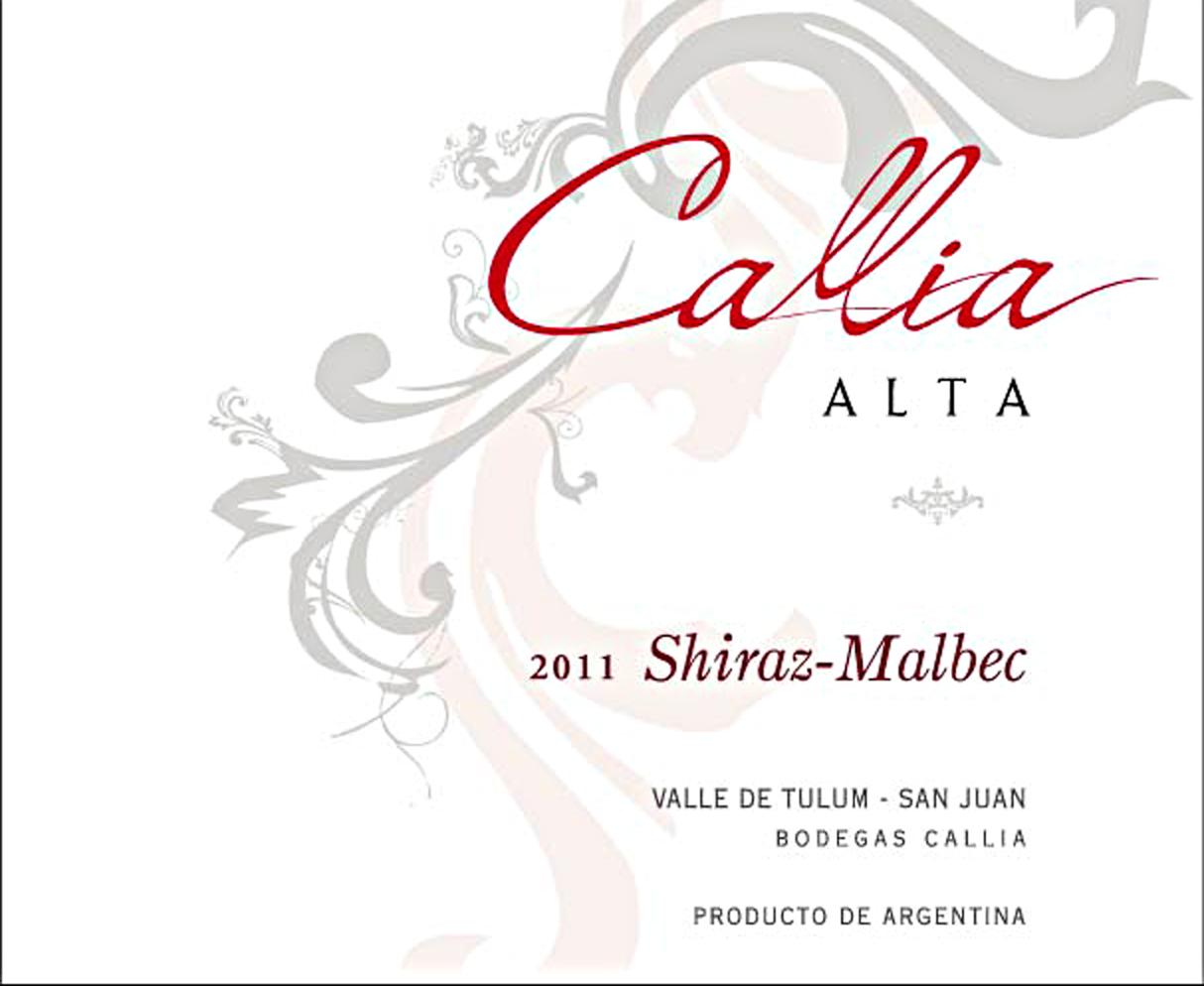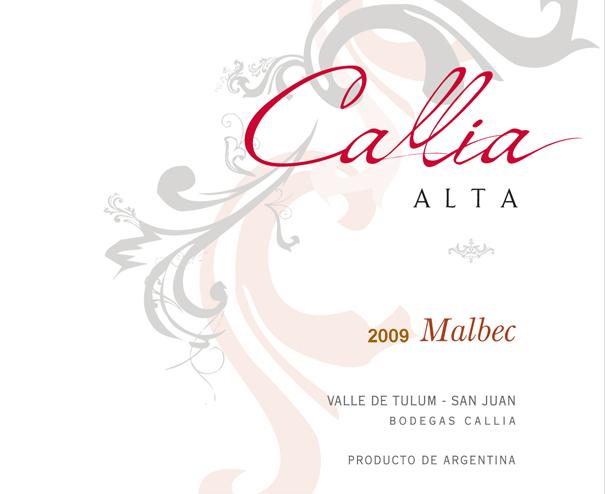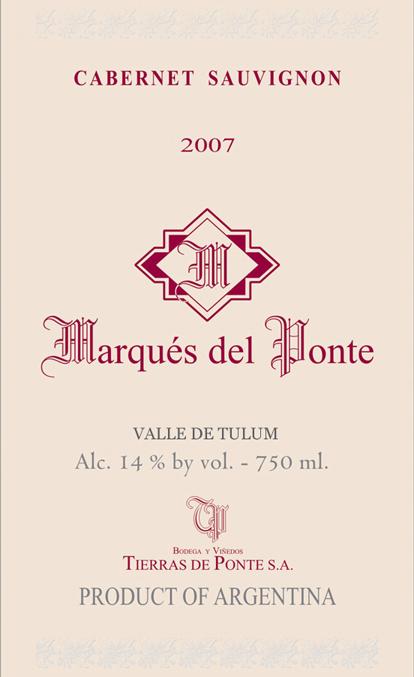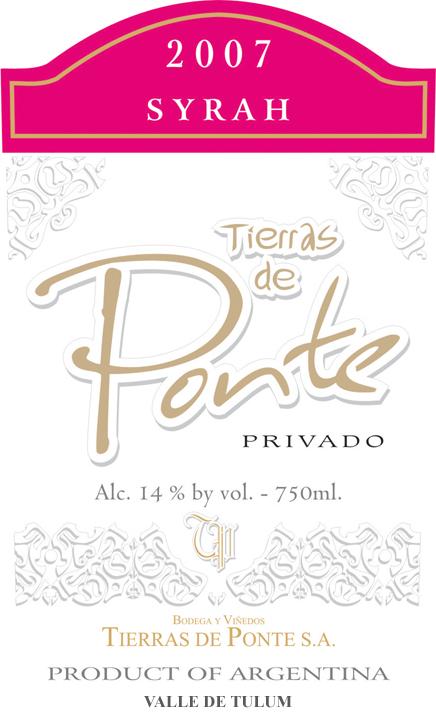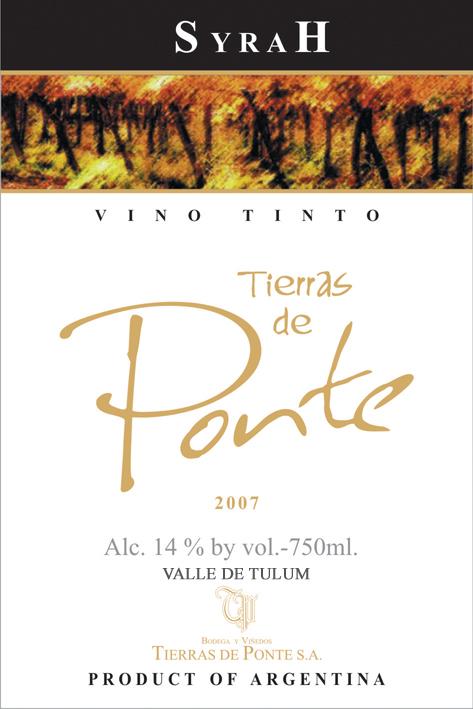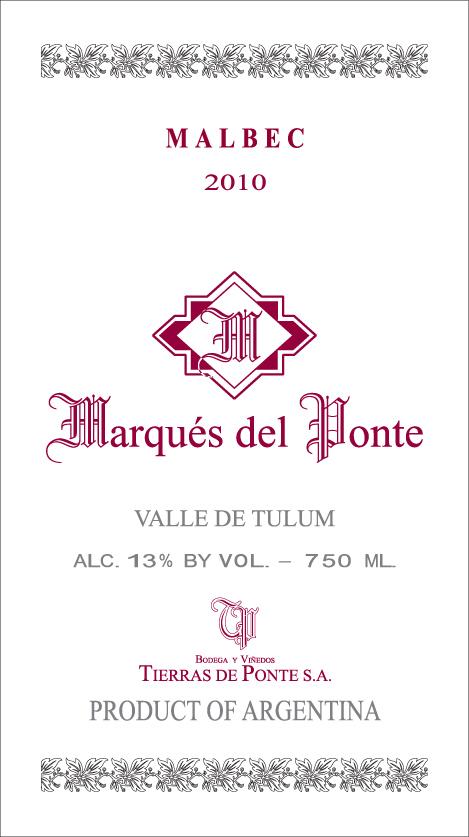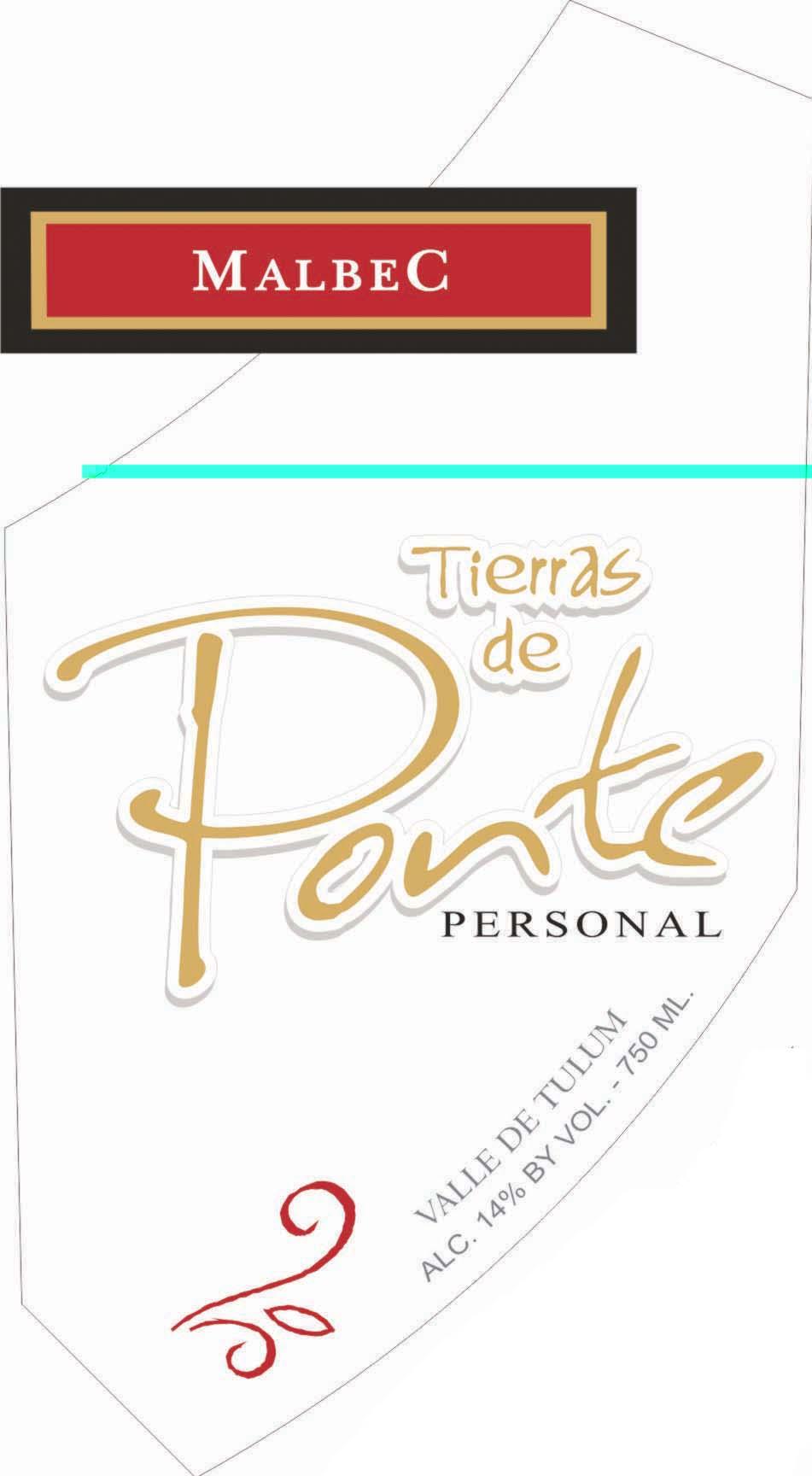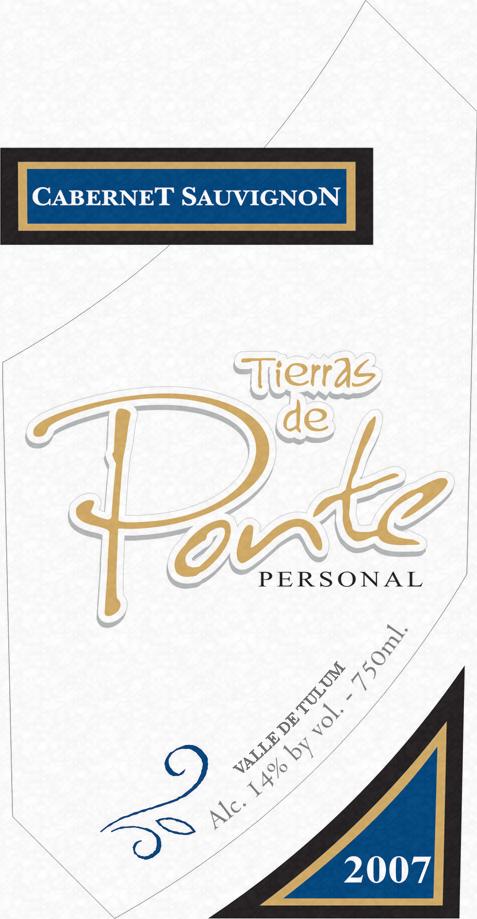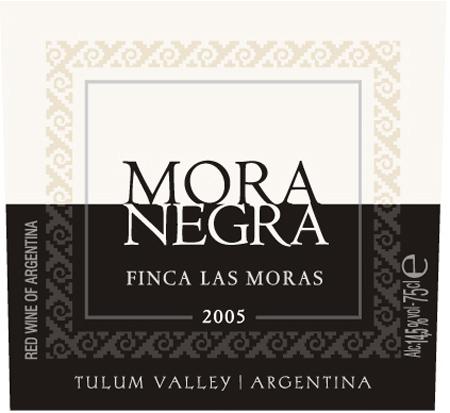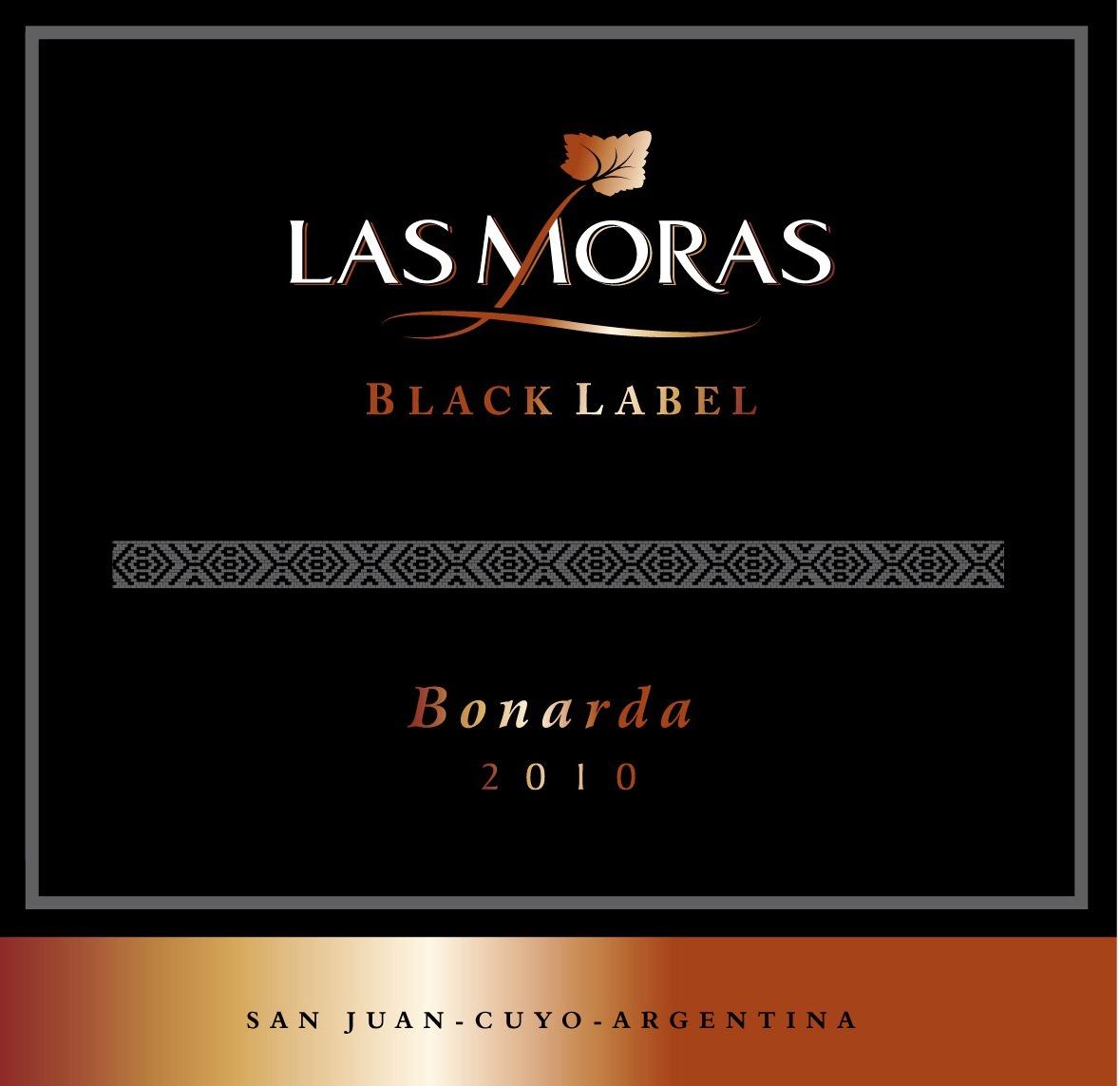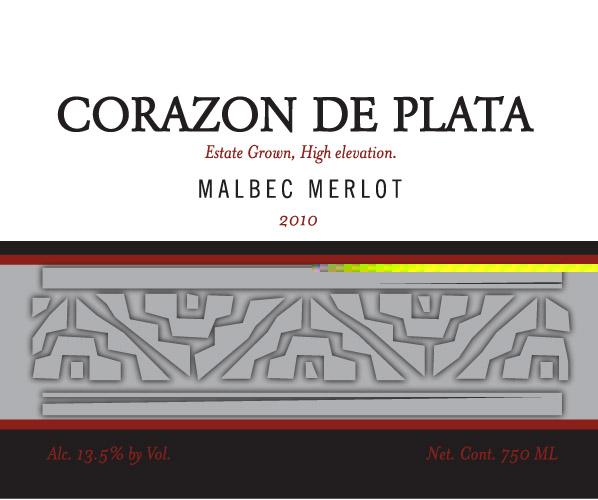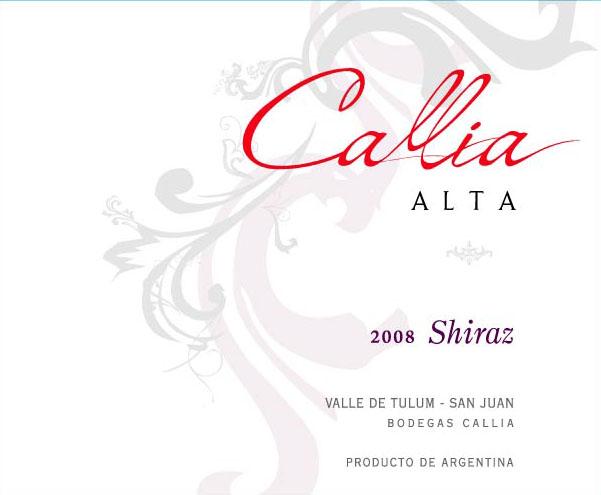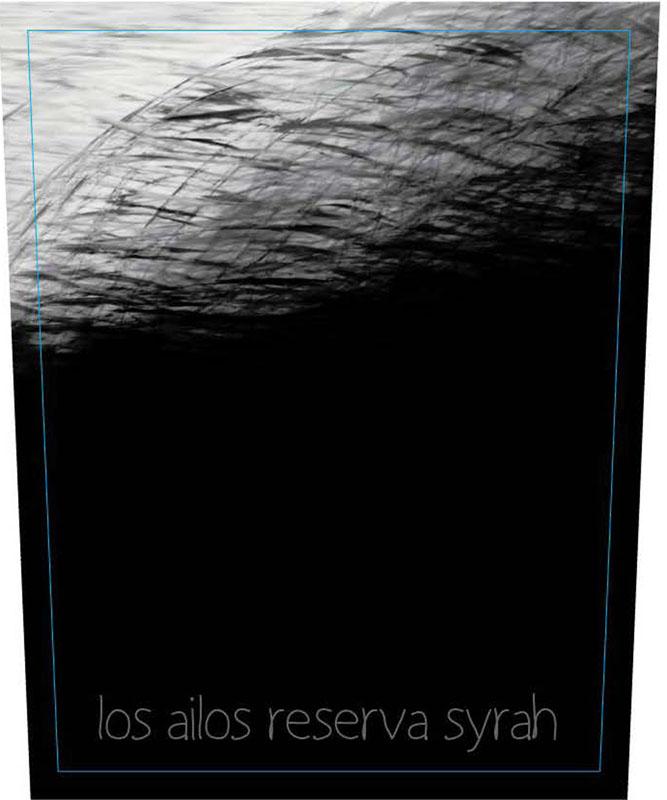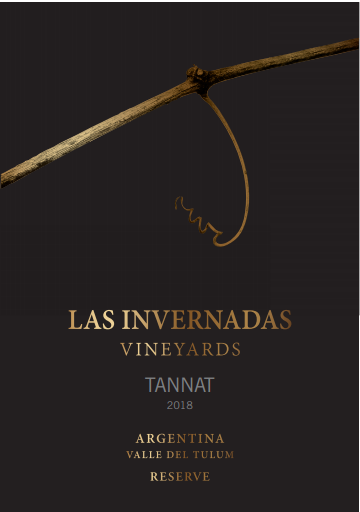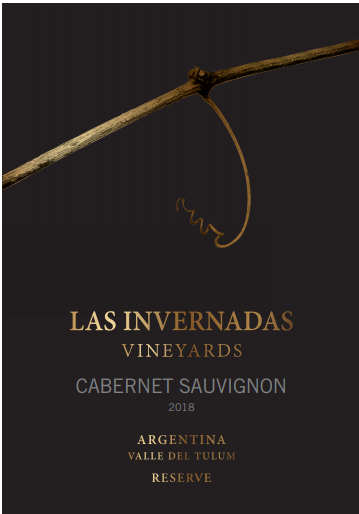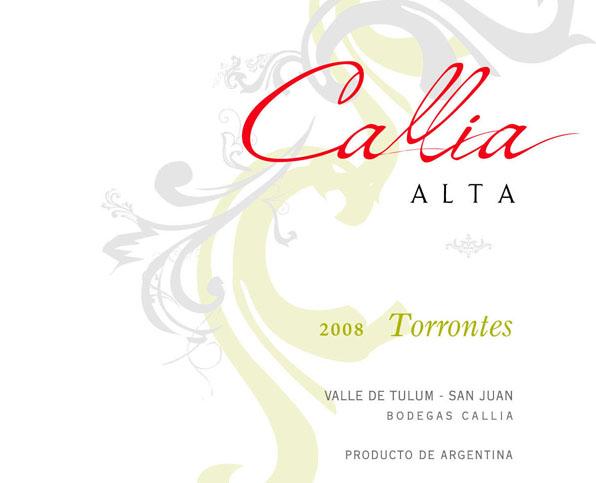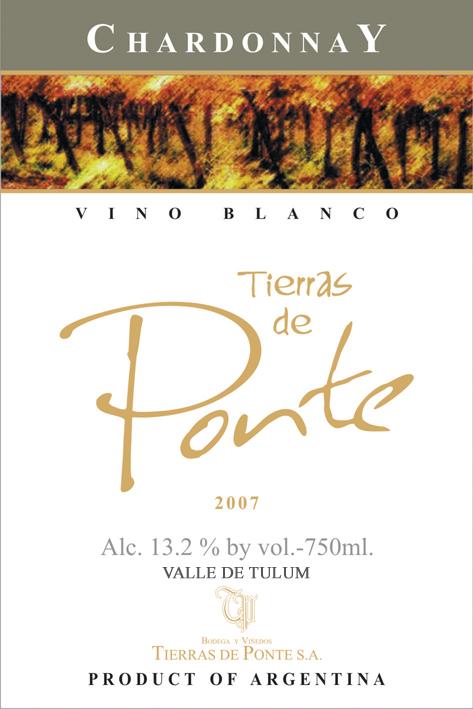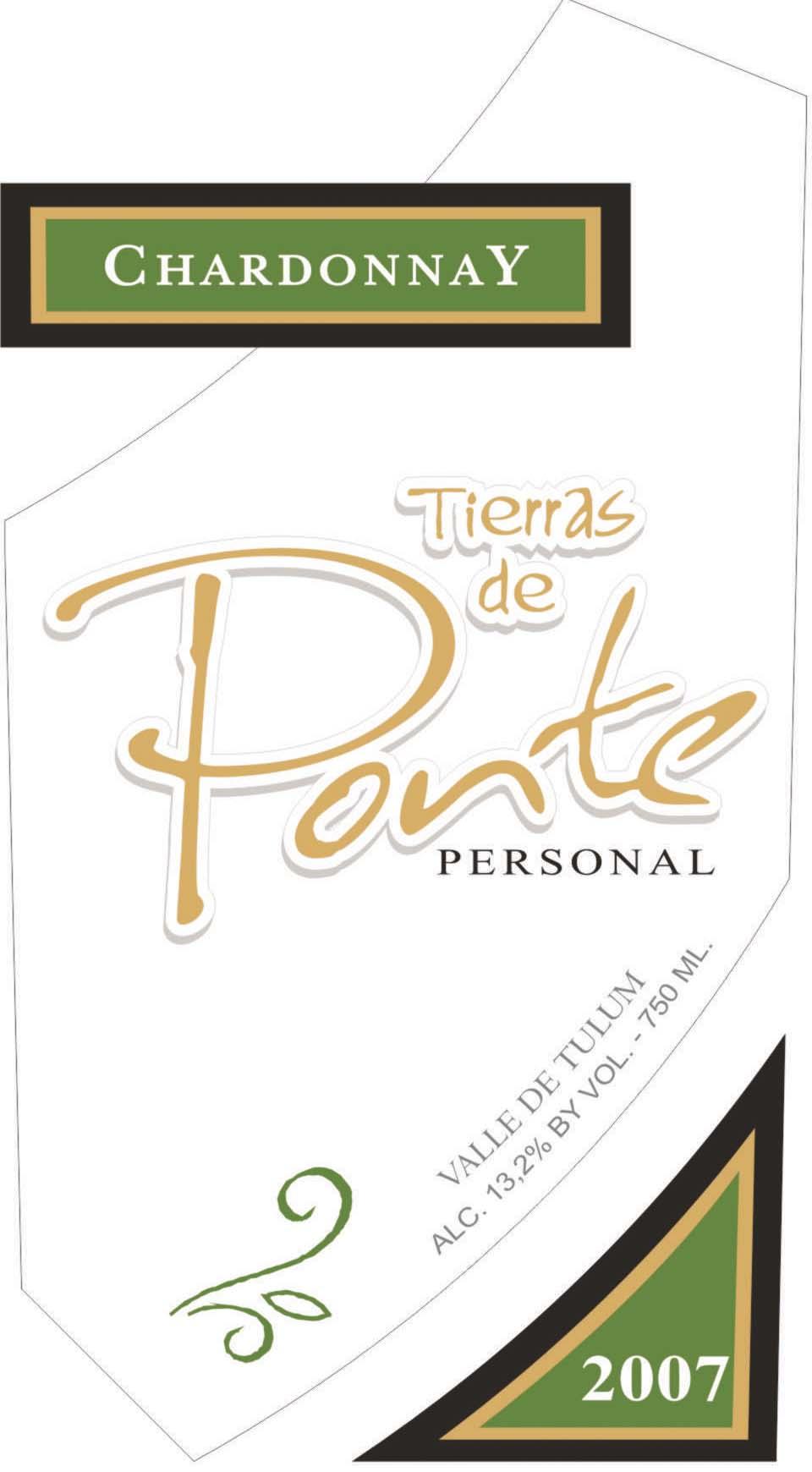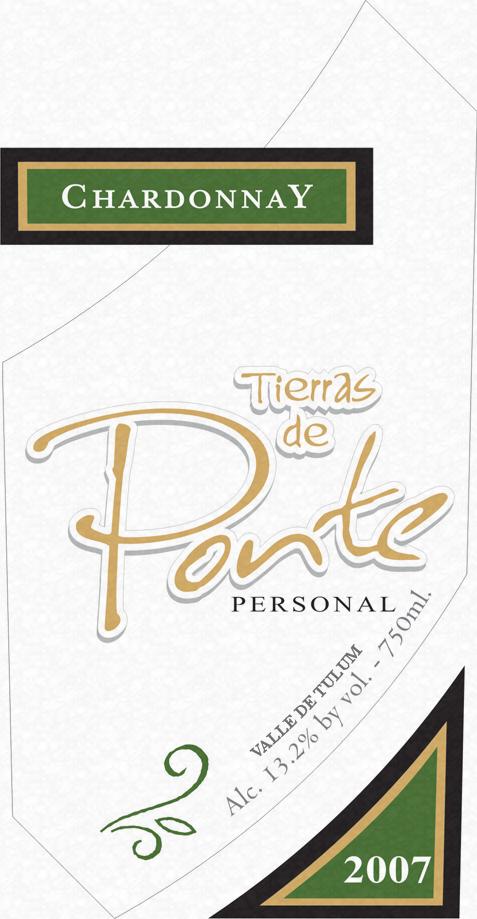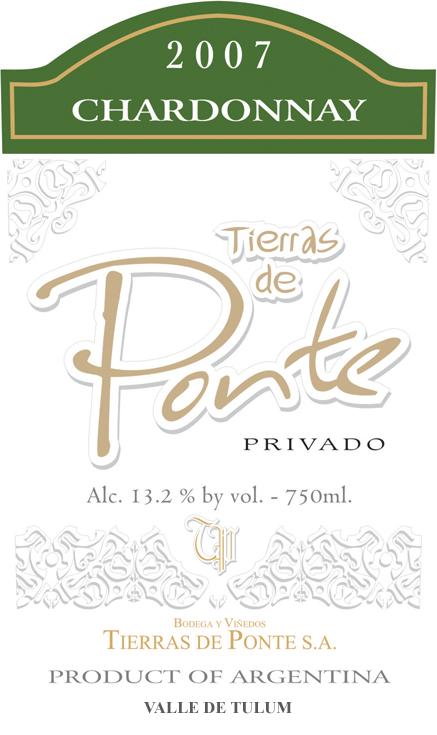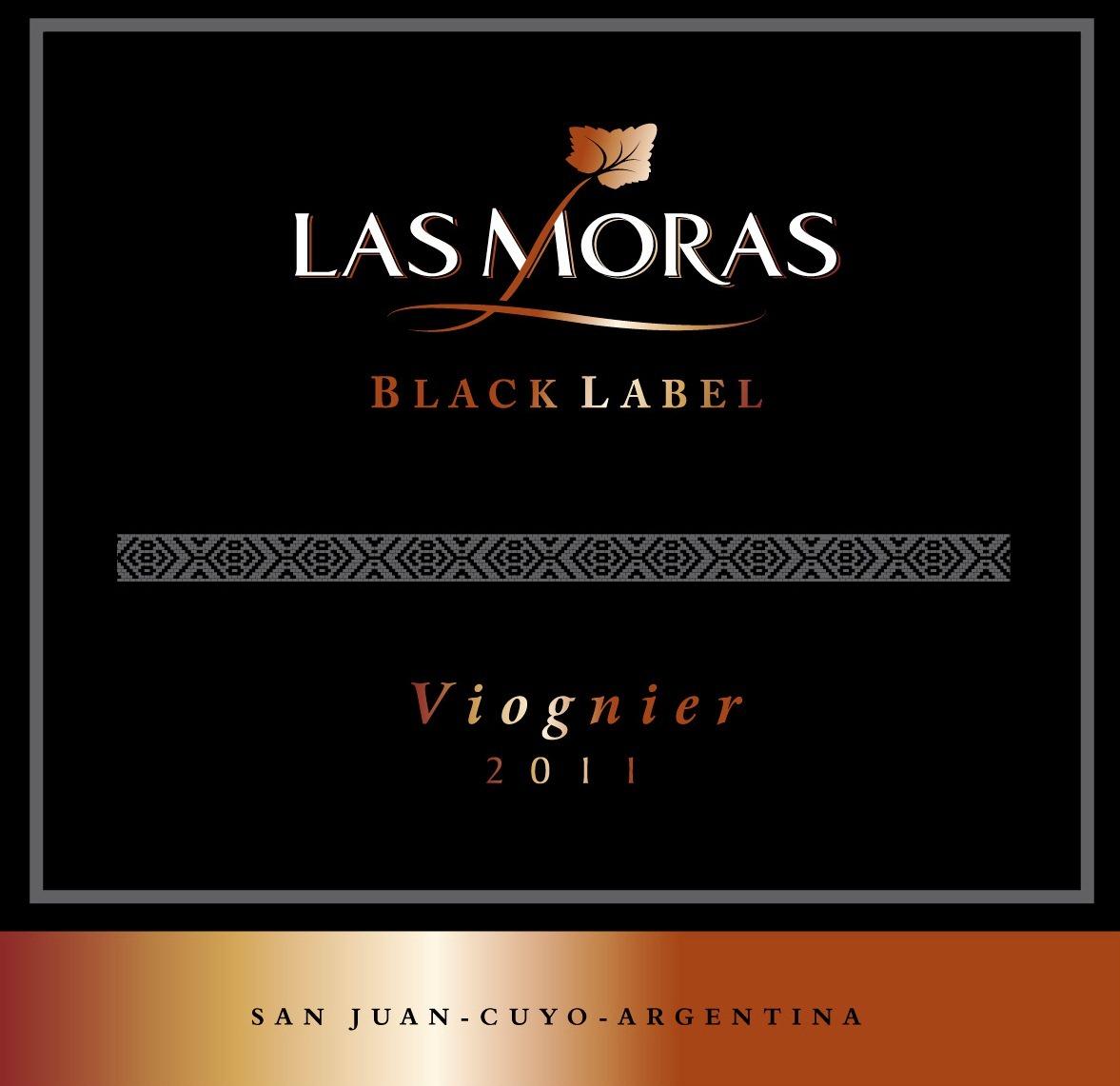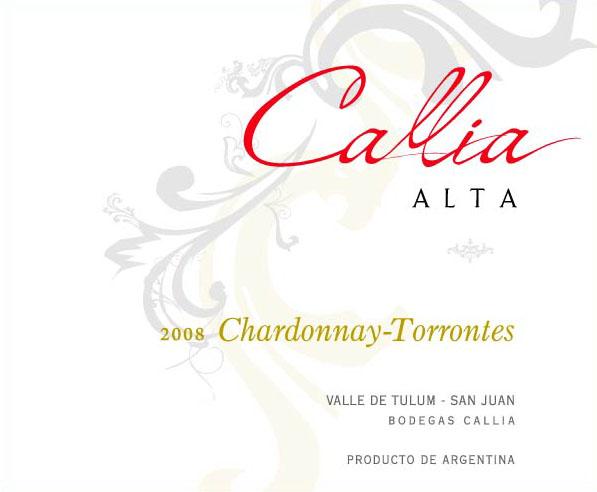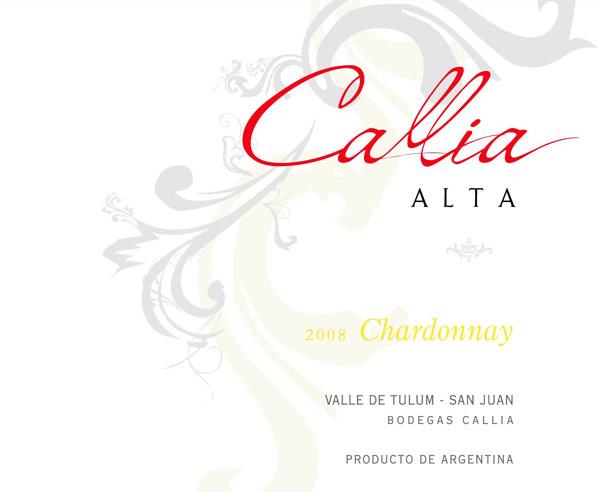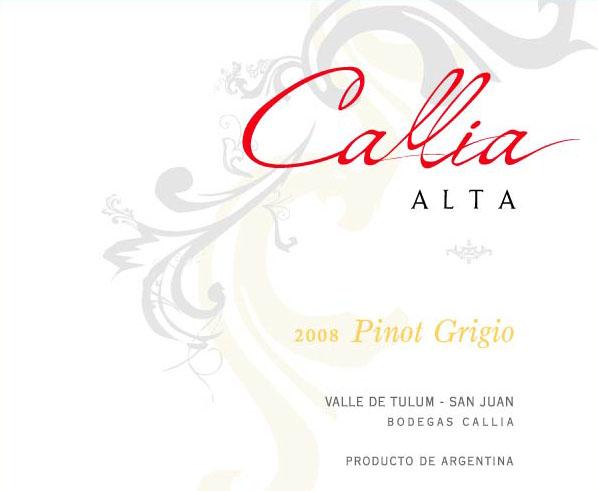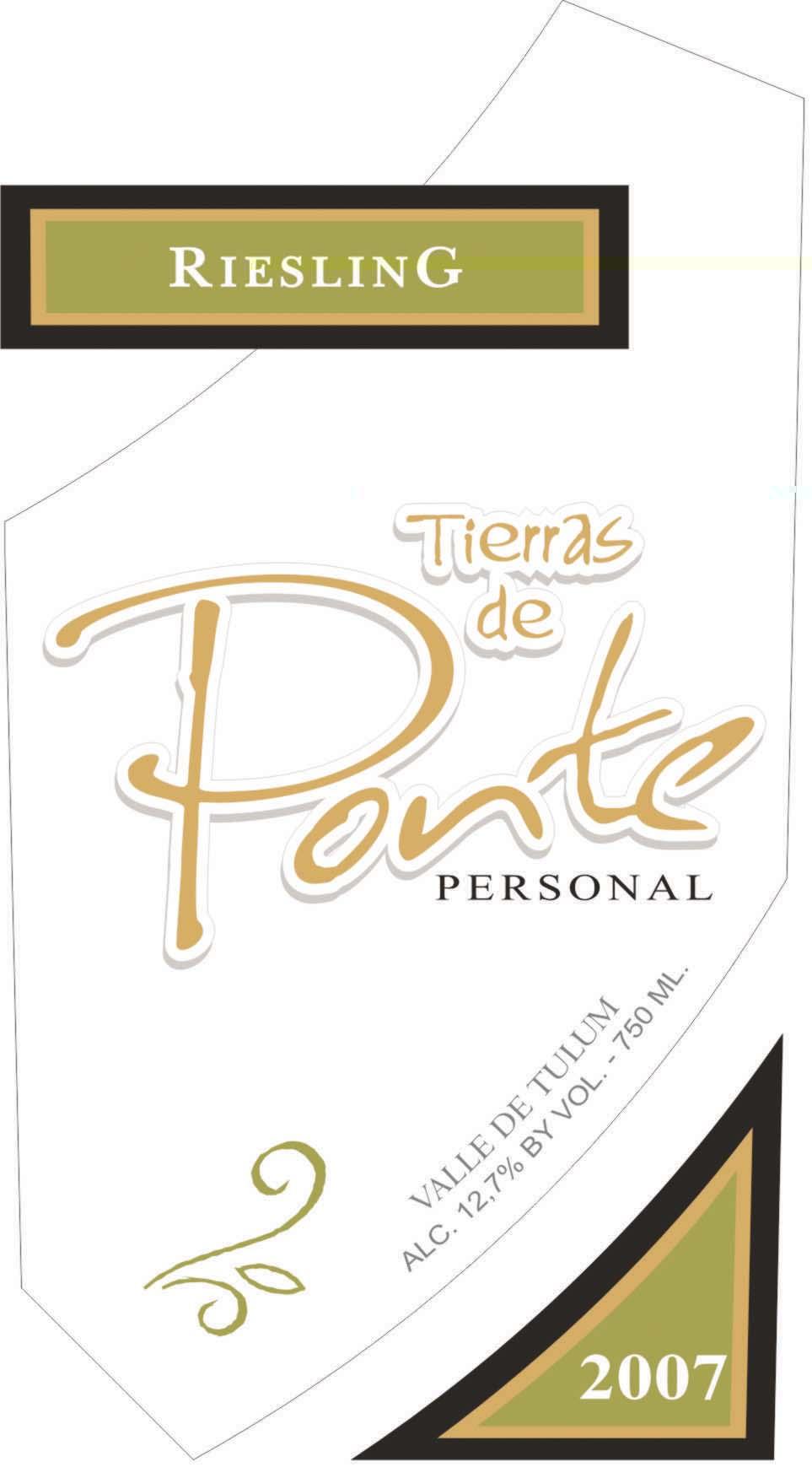Terroir of Tulum Valley
Tulum Valley's terroir is defined by an oasis-like geography and high desert climate, nestled between the Andes and Sierra Pie de Palo. Sitting at 600-750 meters, the valley's unique microclimate benefits from cool mountain breezes and minimal rainfall of about 100 mm annually. This makes irrigation crucial, utilizing the San Juan River and pure Andean snowmelt.
The valley's deep alluvial loams and occasional calcareous patches contribute to the production of robust, structured wines. Hot summers with over 300 sunny days aid grape ripening, while cooler nights maintain acidity. The Zonda wind reduces humidity, lowering disease risk. These conditions support the production of deeply colored, bold wines, with Syrah and Malbec standing out for their rich flavors and smooth tannins.
Notable Wineries in Tulum Valley
Tulum Valley in Argentina is renowned for its rich winemaking history and exceptional wineries. Here are some noteworthy producers:
-
Bodega Graffigna: Established in 1870, it is the valley's oldest winery, known for its robust Malbec and Cabernet Sauvignon, blending tradition with modern techniques.
-
Finca Las Moras: A modern leader, celebrated for its Gran Syrah and innovative approach, showcasing diverse varietals like Malbec and Viognier.
-
Bodegas Callia: Known for fruit-forward wines and a focus on sustainability, it crafts popular Syrah-Malbec blends and aromatic whites.
-
Augusto Pulenta Winery: A family-run winery, offering classic styles with a focus on Malbec, Syrah, and sparkling wines.
-
Bodegas El Milagro: A boutique producer blending winemaking with charcuterie, known for artisanal red blends and Syrahs.
Sustainable Winemaking in Tulum Valley
Sustainability in Tulum Valley is a core value, driven by necessity and innovation. With its sunny, dry climate, vineyards are embracing organic and biodynamic practices to protect the land.
Water management is crucial in this irrigated desert, with wineries switching to efficient drip systems and recycling wastewater to conserve precious resources. Solar power is becoming a staple, with many wineries installing photovoltaic panels and geothermal systems to reduce fossil fuel use.
Efforts extend beyond the environment, focusing on community, with some wineries participating in Fair Trade programs and seeking environmental certifications. These initiatives ensure the valley remains a vibrant wine-producing region, preserving its unique terroir for future generations.
Wine Tourism in Tulum Valley
Wine tourism in Tulum Valley, Argentina, offers a unique blend of authenticity and charm. While not as commercial as other regions, its appeal lies in personal interactions and scenic beauty.
Visitors can explore the valley's vineyards, where traditional practices meet modern innovation. Key producers like Bodega Graffigna and Finca Las Moras offer engaging tours and tastings, often led by the winemakers themselves. The main Wine Route showcases the valley’s diverse terroir and varietals, including Malbec, Syrah, and Torrontés.
Beyond wine, the region’s cultural festivals, such as the Fiesta Nacional del Sol, enhance the experience, celebrating local traditions and cuisine. Tulum Valley's sustainable practices ensure a lasting legacy, with eco-friendly initiatives that protect its unique environment. The valley is ideal for those seeking a genuine connection with wine culture, framed by the stunning backdrop of the Andes and Pie de Palo hills.



